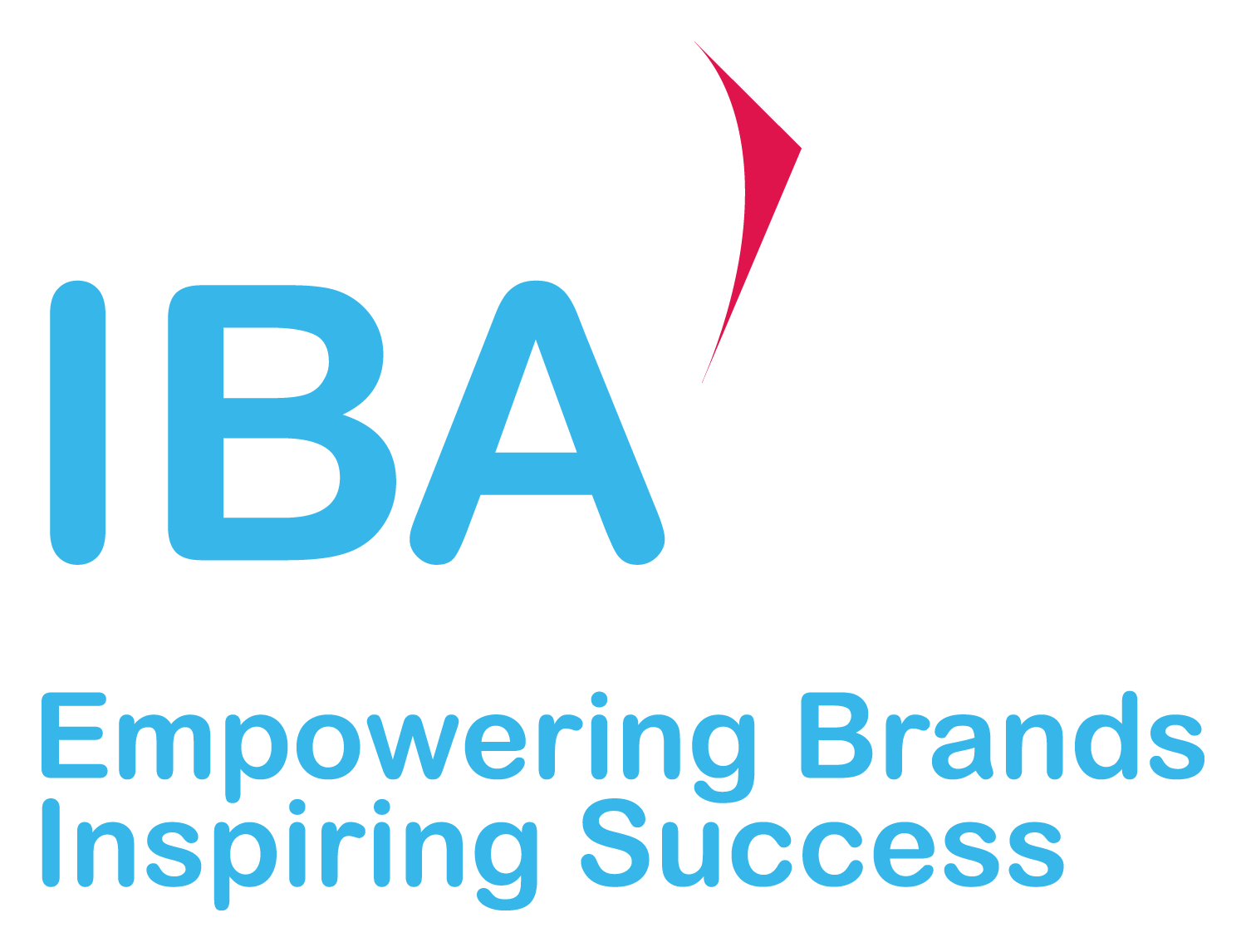Social platforms will come, grow, and go but B2B pros must know how to cut through the noise
Over three years ago we looked at the top strategies that could make a splash on the social airwaves but with social media having undergone significant changes since then, we thought it was about time we checked them out again!
In the hot seat this week is the use of social media hooks – aka the first few sentences of a written social post that grabs the audience’s attention and gets them engaging with your content.
Helping us today is Buffer’s four-step framework to writing great social media hooks. So without further ado, let’s delve deeper to see how these hook-writing techniques can increase engagement.
- Find a topic that peaks audience interest
Of course picking a topic that connects with the interests of your target audience is a natural starting point. But to understand what your audience likes to see on social media, Buffer’s framework recommends deploying a number of key social listening tactics, including:
- Reviewing past high-performing social media posts and seeing which topics get the most engagement (likes, comments, shares, etc.)
- Checking out competitors’ social media profiles to see which topics have been successful based off engagement
Analytics can help you understand what works and what doesn’t. If you notice spikes in impressions for instance, ask yourself ‘Are there any similarities in the posts that perform well? And if so, how can I replicate that for future posts?’ or ‘Can I rework a low-performing post’s hook with a different angle to see if it performs better?’ B2B pros that experiment with different tactics and look into the ‘why’ will continue to learn more about their audience and discover winning engagement strategies.
But there’s a key tactic missed off Buffer’s list – the power of trendjacking. B2B pros that keep a watchful eye on key trends (micro and macro) can ascertain whether a topic is relevant to the brand and audience before the content team taps into it.
- Determine your best angle for the occasion
Buffer suggests there’s six psychological techniques that can spark a reader’s desire to consume an entire post. Below we’ve pulled out the top three that our own social media team has had success with:
- Open loops – often referred to as curiosity gaps, involve presenting a concept (whether this be a tip or lesson) to your reader without fully exploring it until later in your caption. Example of this being “B2B marketers turn their back on AI in the workplace. But not for the reason you think …”. But remember to ensure the payoff is valuable when you close the loop as you want your resolution to be worth the wait!
- Storytelling – humans are wired to enjoy stories and seek them out. And the promise of an interesting story is often hard to resist. An intriguing hook can help you achieve this with a promise for an interesting story that your audience won’t want to miss. Customer success stories are a great way to deploy the storytelling tactic but remember to make sure the story is relevant to your target audience
- Fear of missing out (FOMO) – when people think they might miss out on something (such as losing out on important advice if they decide to scroll past your post), they may be more inclined to stick around, engage with it, and even save it for later. This type of hook typically works when you share advice that deals with your audience’s main challenge or concern. This tactic can go hand in hand with trendjacking strategies. Consider examples such as “Your four key retail questions answered” during periods of seasonal shortages etc.
- The art of writing a well-crafted hook
It’s now time to put your digital pen to paper! The hook serves as a guiding north star to write captions and this is where a B2B pro can unleash their creativity and put their initial research to good use. So where to start? When in doubt, remember these three key considerations:
- Use power words to tap into your audience’s emotions
- Keep it short. Long sentences may come across as difficult to read and can turn away your audience. If you feel the need to use another comma (or perish the thought a semi-colon), DON’T!
- Make sure your hook isn’t just an embellishment (vanity can get the better of you when writing) and that you can follow through on what you promise in your hook
- Don’t forget about the CTA signposts
Hook drafted, it’s time to round off your post with a call-to-action (CTA). Whether it’s a ‘leave a comment’ or ‘sign up for our email list’ (which reminds me don’t miss out on our mailing list if you aren’t on it already), it’s important to make your CTA clear and rewarding for them so you can get the most engagements possible.
Your audience is more likely to take action if you give them a value promise. This is where hooks can signpost your audience to action and give them directions for the next step.
It’s time to reel ‘em in!
In today’s crowded social media space, a compelling hook can help B2B pros ensure their content stands out and resonates with their target audience to drive reach and engagement. So remember next time you draft your batch of social posts, don’t forget to include those intriguing questions and relatable statements that build connections with your audience!
Hannah Watson is PR Lead – Analytics at IBA International.



